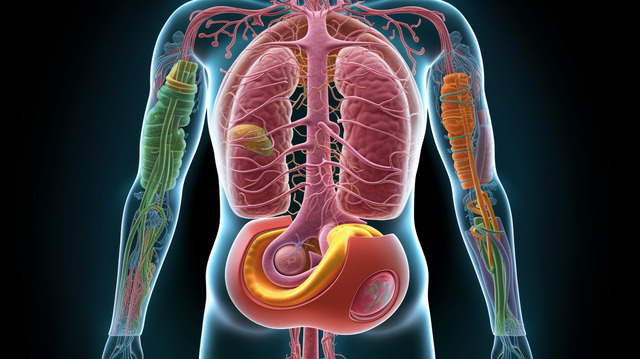As we commemorate World Diabetes Day on the 14th of November 2023, it felt appropriate to share a friendly guide on its must-knows. Diabetes is a condition that affects millions of people around the world. If you’re worried about diabetes, don’t fret! Let’s dive into the basics and make it easy to understand.
What is Diabetes?
Diabetes, also known as “Diabetes Mellitus,” got its name from the Greek word for “the urination of sweetened honey.” This is because one of the key signs of diabetes is the presence of sugar in the urine of people with the condition.
In simple terms, diabetes means your body has trouble controlling the sugar (glucose) in your blood. Glucose is like the fuel that gives your body the energy it needs to function. For people without diabetes, the blood glucose level typically stays between 72 and 108mg/dL. But if you have diabetes, that level can spike to between 140 and 199mg/dL.
The Role of Insulin
Imagine your body as a complex machine, and one of its key components is the pancreas, which sits right behind your stomach. Inside the pancreas, there are groups of cells called “islets of Langerhans.” These islets have beta cells that play a crucial role in managing glucose. They produce a hormone called insulin, and this hormone is like the manager of glucose in your body.
Insulin’s job is to help your body’s cells absorb glucose from your blood, especially after you eat carbohydrates. Once the cells have that glucose, they turn it into the energy your body needs to work. Insulin also assists in storing any extra glucose in your liver, muscles, and fat cells as glycogen for later use.
The Trouble with Diabetes Mellitus
Diabetes mellitus occurs when there’s an issue with insulin. There are mainly two types of diabetes:
- Type 1 Diabetes: This type often appears in children or adolescents. It happens when the beta cells in the pancreas are destroyed. As a result, insulin is either absent or produced at extremely low levels.
- Type 2 Diabetes: Type 2 diabetes is a slow, progressive condition that usually affects middle-aged and older adults. In this case, the problem isn’t the absence of insulin but rather a resistance to its effects. This means that your liver, muscles, and fat cells don’t respond well to insulin, so your pancreas has to work overtime to produce more of it. This type is often linked to factors like aging and obesity.
In addition to genetic factors playing a role in type 2 diabetes, your lifestyle and dietary choices can have a big impact. If you have hyperglycemia (high blood glucose levels) for an extended period due to poor lifestyle and dietary choices, it can increase your risk of developing type 2 diabetes.
Gestational Diabetes: A Special Case
For pregnant women, there’s a unique type of diabetes called gestational diabetes. It’s all about high blood glucose levels during pregnancy. Typically, insulin resistance develops as pregnancy progresses due to hormones from the placenta. But if the pancreas can’t keep up with the increased demand for insulin, gestational diabetes can develop. Factors like increased calorie intake, decreased exercise, and excess fat can also contribute to glucose intolerance.
Understanding diabetes is the first step in managing and preventing it. If you’re worried about diabetes, know that it’s a manageable condition with the right information and support. A healthy lifestyle, including a balanced diet and regular exercise, can go a long way in reducing your risk of developing diabetes. So take charge of your health and keep an eye on those blood sugar levels – you’ve got this!


